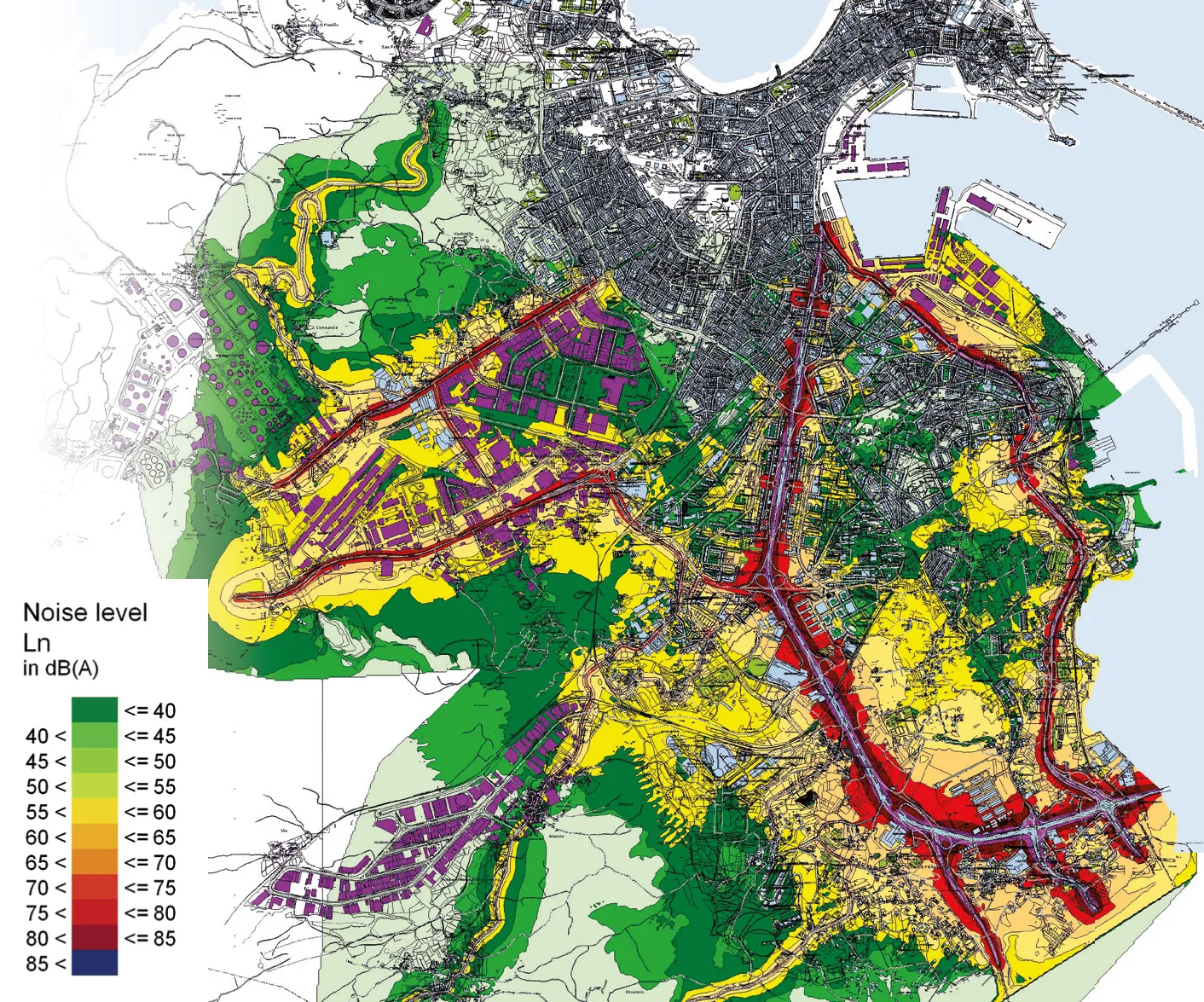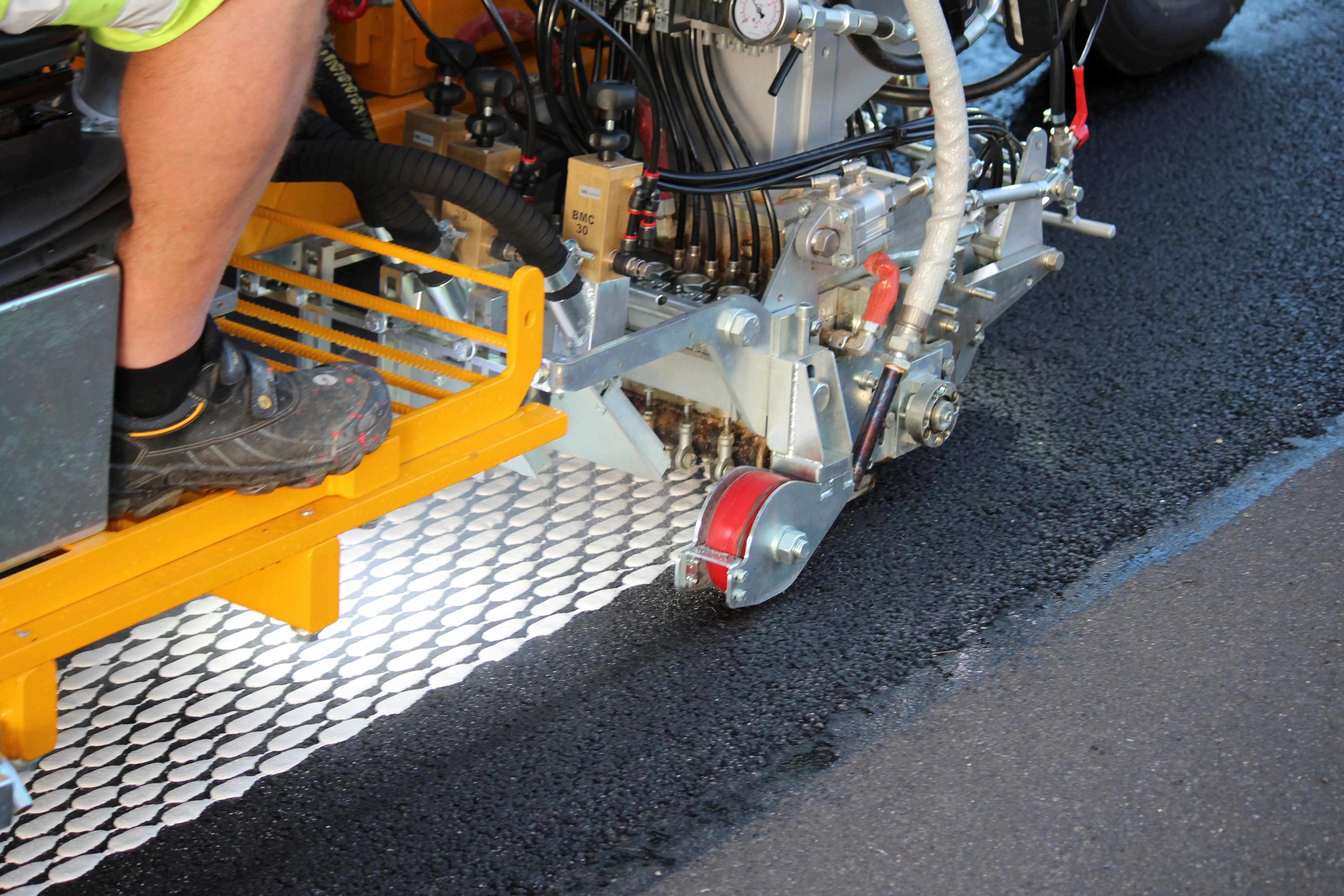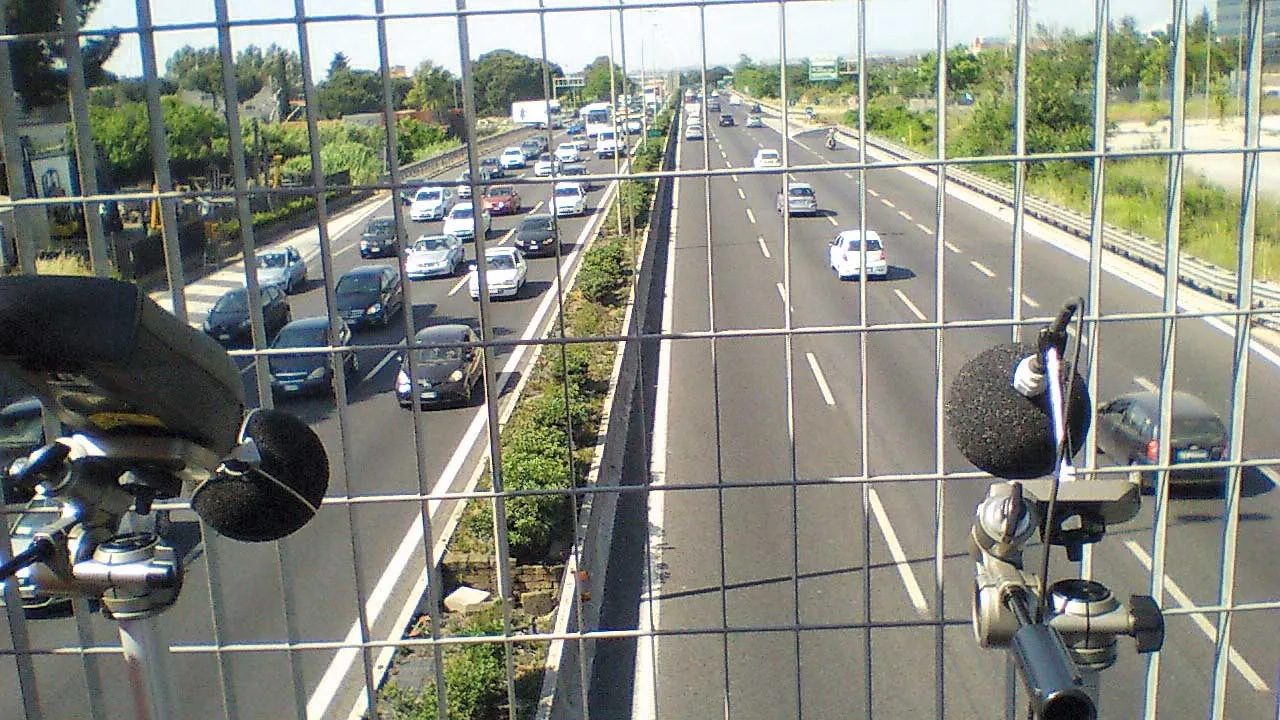Airport markings play an important role in providing guidance to pilots when an aircraft is coming in to land or taxiing, as well as for guiding ground vehicles. Ensuring these markings are in good condition is crucial for safety and requires an effective maintenance strategy by the airport. The quality of the signs and markings regulating traffic at an airport can optimise operating efficiency as well as safety. The visibility of signs, especially night visibility, should meet the requirements of the relev
August 14, 2015
Read time: 2 mins
Airport markings play an important role in providing guidance to pilots when an aircraft is coming in to land or taxiing, as well as for guiding ground vehicles. Ensuring these markings are in good condition is crucial for safety and requires an effective maintenance strategy by the airport. The quality of the signs and markings regulating traffic at an airport can optimise operating efficiency as well as safety. The visibility of signs, especially night visibility, should meet the requirements of the relevant national and international standards immediately after installation and should then be checked on a regular basis as part of the maintenance procedure.
Qatar-based firm1302 Al Jaber and Makhlouf WLL has the contract for the markings at the New Doha International Airport, which was officially opened in spring 2014. The firm had to comply with the tough regulations of the International Civil Aviation Organisation (ICAO) and to ensure the quality met with the standards, it used high-precision testing instruments from the Swiss manufacturer 1285 Zehntner for the initial acceptance inspection.
The firm offers a wide range of retroreflectometers from handheld retroreflectometers up to the sophisticated vehicle-mounted ZDR 6020 dynamic measuring system. These tools can be assisted by the firm’s free mapping and data analysis software for management and analysis of the retroreflection measurement data.
Qatar-based firm
The firm offers a wide range of retroreflectometers from handheld retroreflectometers up to the sophisticated vehicle-mounted ZDR 6020 dynamic measuring system. These tools can be assisted by the firm’s free mapping and data analysis software for management and analysis of the retroreflection measurement data.









